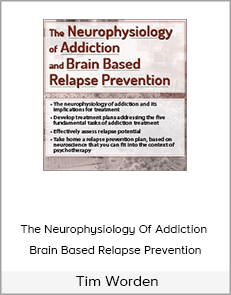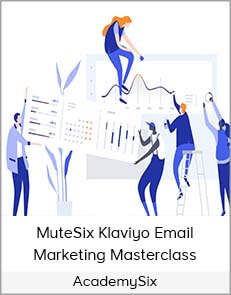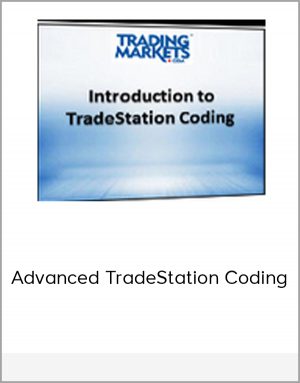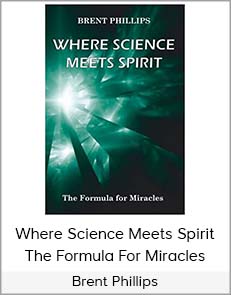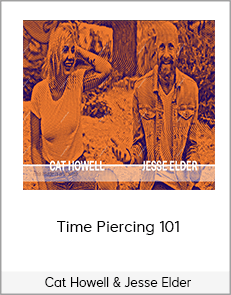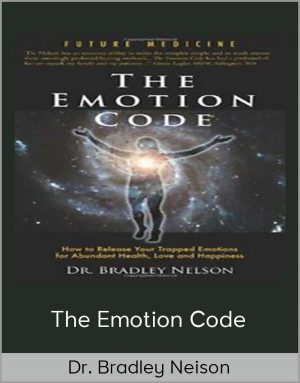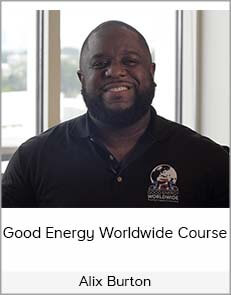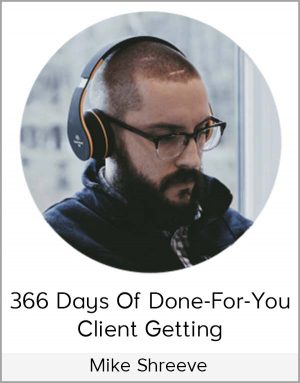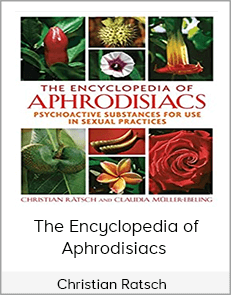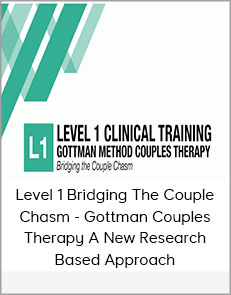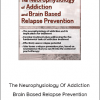The Neurophysiology of Addiction & Brain Based Relapse Prevention – Tim Worden
$60.00$219.00 (-73%)
Effects of poisoning on concomitant disorders such as depression and anxiety
The Neurophysiology Of Addiction & Brain Based Relapse Prevention – Tim Worden
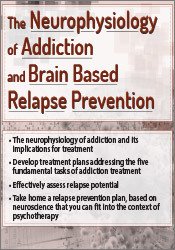
Check it out: The Neurophysiology of Addiction & Brain Based Relapse Prevention – Tim Worden
Explanation
Guide therapeutic strategies through understanding the neurological changes caused by poisoning
Build a comprehensive therapeutic approach by understanding the five brain-based recovery tasks
Effectively assess the likelihood of recurrence
Bring back a neuroscience-based recurrence prevention plan that seamlessly integrates into your session regardless of your psychotherapy approach
Working with clients whose progress is constantly hampered by ongoing addiction is frustrating. Regardless of your progress, recurrent problems will appear and your client will continue to be plagued with treatment despite your best technique.
Join Dr. Tim Warden, an addiction expert, to put these frustrations behind you and improve treatment outcomes. Tim provides a friendly language to use in explaining the neurophysiology of addiction to clients. A deeper understanding will open up clients to an approach that guides the individual through a blend of psychotherapy and innovative relapse prevention plans. I know how this plan will be specifically formulated after attending this seminar.
Regardless of your psychotherapy approach, this approach can easily be incorporated into your session. Tools and worksheets designed for recurrence planning, and the best strategies to apply on a case-by-case basis for comorbid disorders such as trauma, anxiety, and depression will be yours by the end of the day. I will. Mental health professionals, as well as those trained in addiction counseling, can bring back new skills and confidence for success.
Neurophysiology of addiction
A series of abuses of dependence
Normal neurotransmission
Neurophysiology of addiction
Effects of poisoning on concomitant disorders such as depression and anxiety
Neurophysiology of motivation and desire
Hijacking of addiction rewards and motivational systems
Relationship between emotional dysregulation and recurrence
Relationship between frontal lobe, motivation and recurrence
5 recovery tasks
Core emotional problems such as depression and anxiety that cause addiction
Strategies for daily emotional regulation
Relapse prevention
Changing the Motivational System: Life Satisfaction and Dopamine
Structuring continuous recovery support
Preventing recurrence from the perspective of the brain
Dopamine triggers recurrence
Cognitive, behavioral, and emotional recurrence prevention strategies
Motivational Coping: The Essence of Brain-Based Recurrence Prevention Plans
Practice feelings you don’t want to recur
Elements of long-term recurrence prevention
Effectively assess the likelihood of recurrence
Prepare for a dopamine spike
Train family / support system
Lossless non-user identity
Life plan: long-term life satisfaction without poisoning
More medical information:
Medicine is the science and practice of establishing the diagnosis, prognosis, treatment and prevention of diseases.
Medicine includes various medical practices that have evolved to maintain and restore health through the prevention and treatment of illness.
Modern medicine applies biomedical science, biomedical research, genetics, and medical technology to diagnose, treat, and prevent injuries and illnesses.
Typically, not only through pharmaceuticals or surgery, but also through a variety of therapies such as psychotherapy, eclipse and traction, medical devices, biologicals, and ionizing radiation, among others.
Medicine has existed for thousands of years, most of it art (the field of skill and knowledge), often religious and
A philosophical belief in local culture. For example, a man of medicine would use herbs to say healing prayers, and ancient philosophers and doctors would bleed according to the theory of humorism.
Since the advent of modern science in recent centuries, most medicine has been a combination of art and science (both basic and applied, under the umbrella of medicine).
While suturing techniques for sutures have been learned through practice, science gives birth to what happens at the cellular and molecular level of the tissue being sutured.

